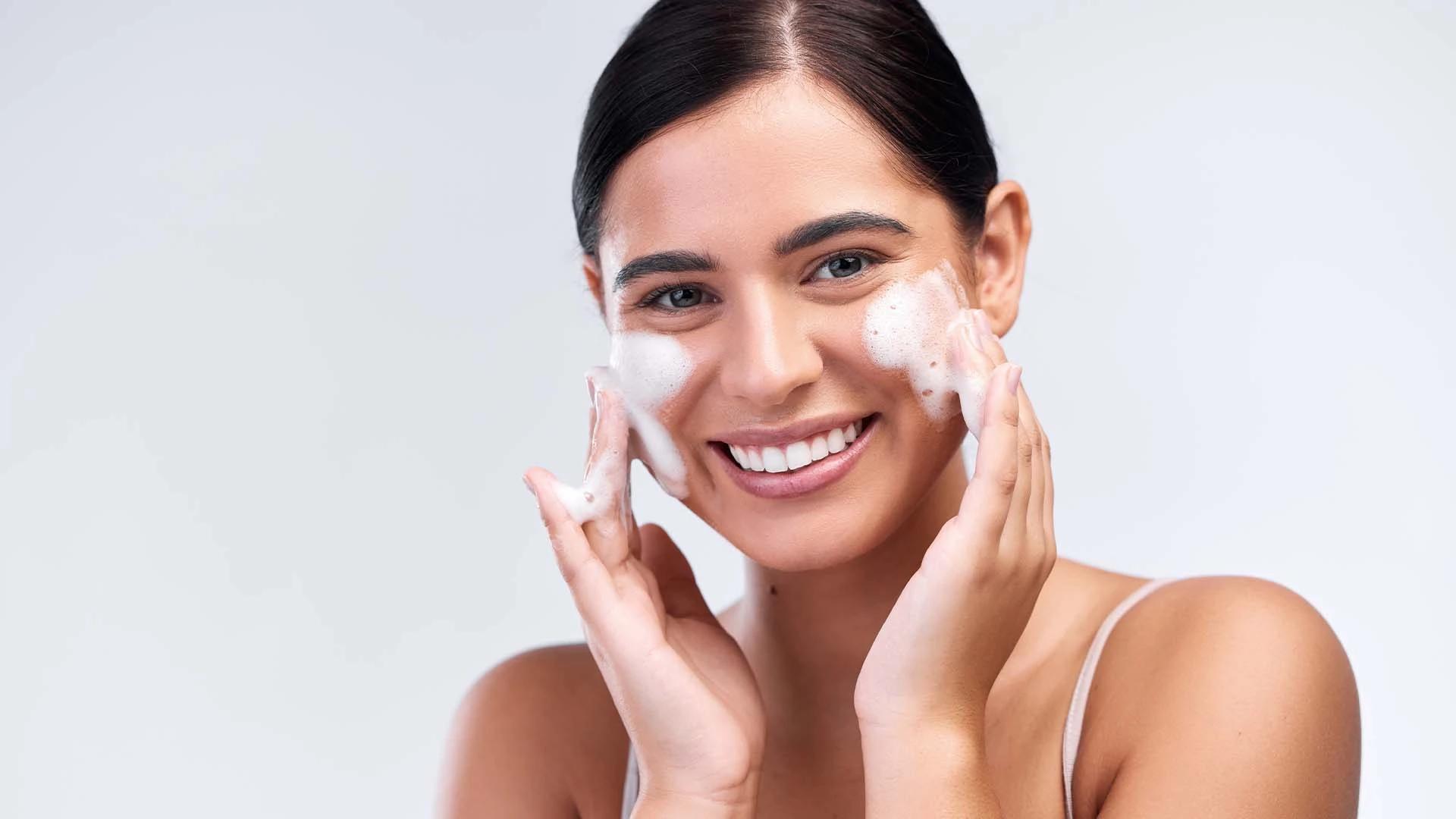Tracking your progress helps you stay motivated and know when it's time to switch things up. Pigmentation treatment is a marathon, not a sprint, so realistic expectations are crucial.
Setting Realistic Expectations
Most people start seeing subtle changes around 4-6 weeks, with more noticeable improvements at 8-12 weeks. Deeper, older pigmentation takes longer to fade than fresh marks. Take monthly photos in the same lighting to track changes—sometimes progress is more obvious in pictures than in the mirror.
When to Switch Products
If you've used a product consistently for 3-4 months without any improvement, it might be time to try something different. Skin irritation, increased sensitivity, or new pigmentation forming are also signs to reassess your routine. Sometimes stepping up to a stronger formulation or trying a different active ingredient is the answer.
Frequently Asked Questions
Can pigmentation be removed permanently with creams?
Whilst topical treatments can significantly fade pigmentation, complete permanent removal isn't always possible with creams alone. Most people see substantial improvement with consistent use, but maintenance is usually needed to prevent new spots from forming. Think of it as managing pigmentation rather than completely eliminating it forever.
Are natural ingredients effective for treating pigmentation?
Some natural ingredients like kojic acid, alpha arbutin, and vitamin C can be effective for pigmentation. However, they often work more slowly than synthetic alternatives like hydroquinone or tretinoin. Natural doesn't always mean gentler, and synthetic doesn't mean harmful—it's about finding what works for your skin.
How can I prevent pigmentation from recurring?
Daily SPF is your best prevention strategy, along with treating inflammation quickly (don't pick at spots!). Maintaining a consistent skincare routine with gentle exfoliation and antioxidants helps keep skin healthy. Hormonal pigmentation like melasma can be trickier to prevent, but sun protection is still crucial.
Is it safe to use pigmentation creams during pregnancy?
Many common pigmentation ingredients like hydroquinone, retinoids, and high-concentration acids are not recommended during pregnancy. Safer alternatives include vitamin C, niacinamide, and alpha arbutin, but always consult your healthcare provider before starting any new skincare treatments whilst pregnant or breastfeeding.
Final Thoughts
Finding the right approach to pigmentation doesn't have to feel overwhelming. Start with understanding your specific type of pigmentation, choose ingredients that suit your skin type, and remember that consistency trumps everything else. The best cream for pigmentation on face is the one you'll actually use regularly, combined with proper sun protection and realistic expectations. Give your chosen treatment time to work—your future self will thank you for the patience and persistence. Remember, every skin journey is different, so be kind to yourself along the way.

 100gm
100gm 50 ml
50 ml 25 gm
25 gm 30 ml
30 ml